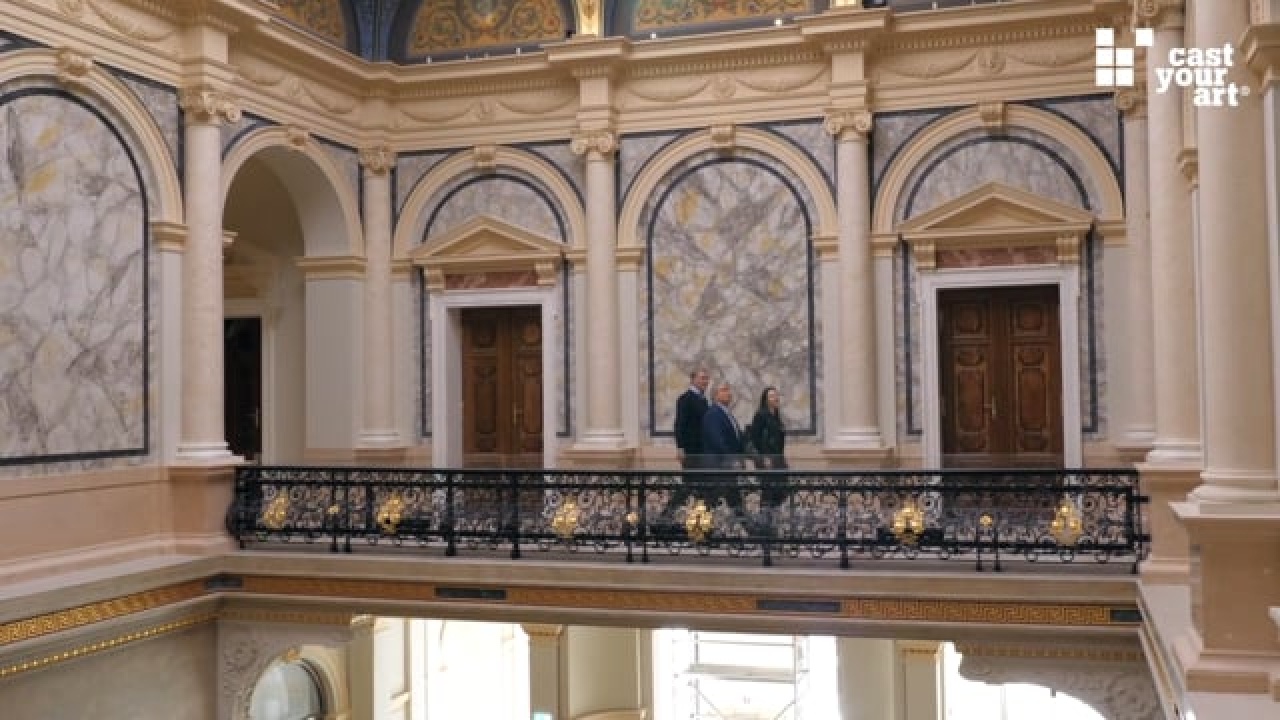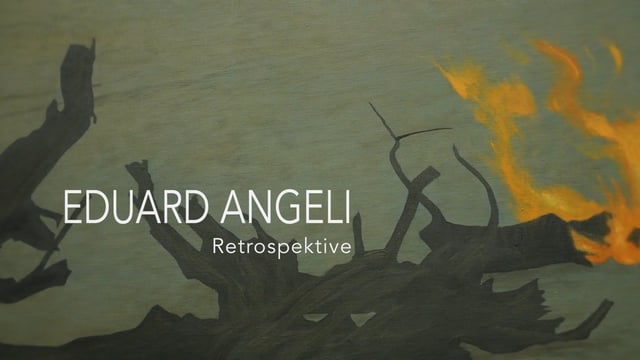Ways of Pointillism - Composition and Colour
On the occasion of the current exhibition "Ways of Pointillism" at Albertina Museum in Vienna curator Heinz Widauer got to the heart of the pointillist picture - the point. An in-depth look into pointillist composition and color.
After the French Revolution, towards the end of the 18th century, the new republican ideas prevailed in academic painting, with historical narrative topics, conservative colour ranges and carefully balanced compositions.
Impressionism left these grandiose allegories aside and tried to capture the atmosphere of nature or of the cities, painting out in the open, preferring swift brushstrokes and vibrant colour patches, and giving priority to optical effects rather than meticulous care for details. In this first generation of artists, Monet, Renoir and Manet stand out as protagonists.
While Impressionism soon reached its epistemiological limit, scientists were doing research on the nature of colour on a more fundamental level, inspiring a number of artists to a more analytical approach. Findings by Ogden Rood, Hermann von Helmholtz and Chevreul about optics and colour perception had a great influence on the arts.
Around 1840, the chemist Michel Eugène Chevreul described the concept of simultaneous contrast: When a light colour dot was placed next to a dark one, it would be perceived as lighter than it is in reality and vice versa.
Early on in his career, Seurat showed a special interest for landscapes and their colours, Delacroix being on of his greatest influences, he shared a preference for lively and earthy colours with him. The challenge for Seurat was quite complex: Combining the scientific findings of optics with the emotions that a painting should be able to convey. Without mixing the primary colours on the canvas and by carefully placing dots into his compositions, he managed to achieve spectacular calmness and harmony in his images. Seurat was a great admirer of Piero della Francesca, Ingres and Poussin.
As evident in the Albertina exhibition, Pointillism was an era of pioneers that prepared the ground for modernism – Pissarro, Van Gogh, Picasso and Delauney were influenced by this movement, at least at some stage of their career. (written by Cem Angeli)
Das könnte Sie auch interessieren

FLORINA LEINSS. Online Eröffnung zur Ausstellung "Split Sight" im STRABAG Kunstforum.
7. May 2021
TOOURISMUS. About traveling and its effects on climate, landscape, infrastructure, and society.
22. April 2024
VANGARDIST Chief Editor Julian Wiehl about Keith Haring at Albertina Museum
6. April 2018
Frida Kahlo - PAINting
31. August 0000
DÁNIEL BERNÁTH. Winner of a recognition prize of STRABAG Artaward International 2022
20. March 2023
SEAN SCULLY. Eleuthera
25. June 2019
ALBERTINAmodern. Kunstmäzen Hans Peter Haselsteiner
6. November 2019
